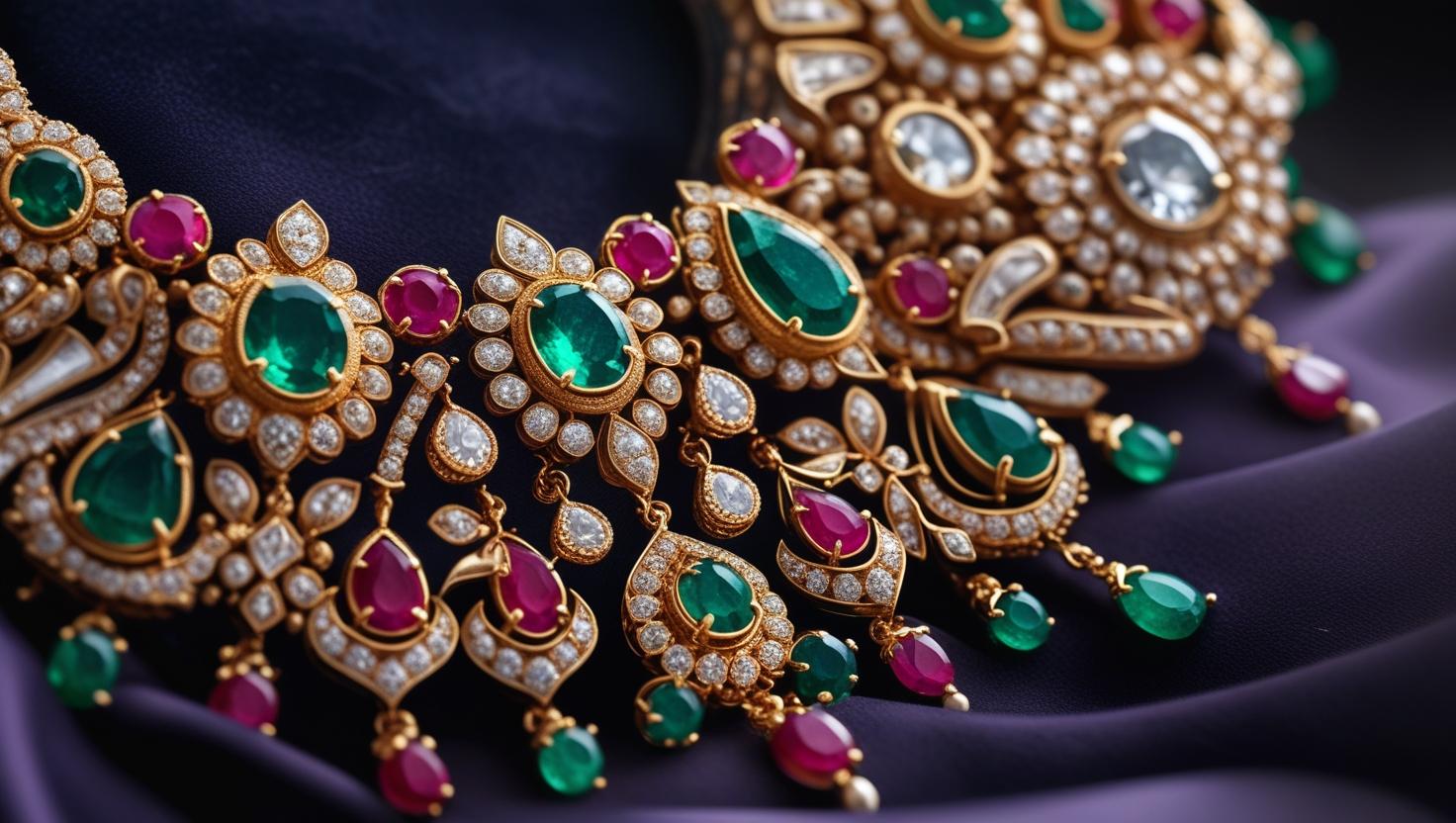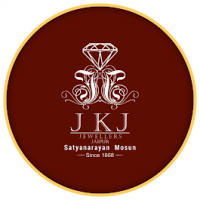The Timeless Charm of Jadau Jewellery: A Royal Legacy Reimagined

Strong 8k brings an ultra-HD IPTV experience to your living room and your pocket.
Jadau jewellery isn't just an ornament; it’s an art form that has gracefully stood the test of time. With roots dating back to the Mughal era, Jadau pieces are a true symbol of regality, craftsmanship, and cultural heritage. Popular in weddings and traditional ceremonies, Jadau is known for its intricate detail, vibrant gemstones, and timeless elegance. Discover this timeless beauty at trusted Jewellers in Jaipur, where tradition meets luxury.
The Origins of Jadau Jewellery
The term “Jadau” originates from the word ‘Jad’, meaning embedding. This form of jewellery-making flourished under Mughal patronage and was later embraced by the royal families of Rajasthan and Gujarat. These regions became the epicenter for skilled artisans, many of whose families continue this centuries-old tradition today.
The Craftsmanship and Process
What makes Jadau truly unique is the meticulous technique involved. Artisans use a gold framework, softened slightly to embed uncut diamonds, also known as Polki, along with precious stones. A natural resin called lac is applied as a base to hold the stones. The reverse side often features beautiful meenakari (enamel work), making the piece equally stunning from both sides.
Materials That Make It Magical
The allure of Jadau lies in the quality and rarity of materials. Gold, preferably 22K, forms the base. Polki diamonds add a raw, untouched brilliance, while rubies, emeralds, and pearls create a palette of regal hues. The reverse side’s meenakari adds even more charm, combining tradition with artistry.
Varieties of Jadau Jewellery
Jadau is not limited to necklaces. It includes a wide range of accessories:
Necklaces: Rani haar, chokers, and multi-layered malas
Earrings: Jhumkas, chandbalis, and danglers
Maang Tikka & Nath: Forehead and nose accessories with rich symbolism
Bangles & Rings: Often paired with haathphool (hand harness)
Bridal Sets: Grand, coordinated ensembles passed down through generations
Jadau vs. Kundan vs. Polki
These terms are often used interchangeably, but they’re distinct:
Jadau refers to the technique
Polki is the use of uncut diamonds
Kundan is refined glass stone setting in gold foil
All three often come together in traditional Indian bridal sets but serve different purposes in the craftsmanship.
Jadau in Modern Fashion
While steeped in history, Jadau jewellery continues to evolve. Designers are reimagining it in lighter, more wearable forms for millennials. Celebrities like Deepika Padukone and Aishwarya Rai have sported Jadau pieces in films and weddings, bringing it back into the spotlight.
Symbolism in Design
Traditional motifs such as peacocks, lotuses, and elephants reflect auspiciousness, beauty, and prosperity. Every piece tells a story, making it more than just a fashion statement.
How to Choose Your Perfect Jadau Piece
When selecting Jadau jewellery, consider:
Face shape and neckline for necklaces
Outfit color and fabric for stone matching
Occasion — grand for weddings, minimal for festivals
Personal comfort and timelessness should guide your choice.
Care Tips for Longevity
To keep your Jadau pieces shining for generations:
Store in individual boxes wrapped in soft cloth
Avoid contact with water, perfumes, or sweat
Gently clean with a soft brush and cloth
This ensures the lac and enamel remain intact.
Why Jadau is a Luxury Investment
Handcrafted over weeks or even months, each Jadau piece is a masterpiece. The combination of gold, uncut stones, and artisanal labor makes it valuable, both emotionally and monetarily. Many families treat it as an heirloom passed through generations.
Where to Buy Authentic Jadau
Authentic Jadau jewellery is available in Jaipur, Hyderabad, Ahmedabad, and select heritage jewellers across India. Always insist on certifications and check for craftsmanship quality before making a purchase.
Customization Options
Many jewellers offer bespoke services to create personalized Jadau pieces. Whether it’s incorporating a family stone or matching your bridal lehenga, custom orders bring a deeper emotional value.
Jadau in Celebrations Beyond Weddings
While Jadau is a bridal favorite, it’s also perfect for Diwali, Karva Chauth, Navratri, and milestone anniversaries. Paired with silk sarees or lehengas, it creates a statement look every time.
Jadau Jewellery for Men
Royal men of India wore turban ornaments, brooches, rings, and malas made using the Jadau technique. Today, grooms often opt for a regal look with heritage-inspired Jadau accessories.
Spotting Fake Jadau Jewellery
Authentic Jadau should:
Have natural irregularities (since it's handmade)
Use 22K gold and natural stones
Feature detailed meenakari on the back
Avoid mass-produced, overly polished pieces that mimic the look.
The Global Appeal of Jadau
Indian diaspora and international fashion designers are showcasing Jadau on global platforms. From New York Fashion Week to international bridal expos, this traditional jewellery is making waves abroad.
Sustainability and Artisan Support
Supporting local craftsmen who make Jadau helps preserve the dying art. Look for jewellers who practice ethical sourcing and fair wages, ensuring the heritage continues with dignity.
FAQs
Q1. What makes Jadau jewellery unique?
Its hand-embedded stones and dual-sided beauty, including intricate meenakari, make it a standout.
Q2. Is it suitable for daily wear?
Due to its delicate nature, it's best reserved for special occasions.
Q3. Can I design my own Jadau piece?
Yes! Many jewellers offer custom design services for personalisation.
Q4. How do I ensure authenticity?
Buy from reputed jewellers and check for hallmarking and craftsmanship.
Q5. Is Jadau jewellery a good investment?
Absolutely. It holds both financial and sentimental value.
Note: IndiBlogHub features both user-submitted and editorial content. We do not verify third-party contributions. Read our Disclaimer and Privacy Policyfor details.


